#Ringling Bros. and Barnum & Bailey Circus
Explore tagged Tumblr posts
Text

Ringling Bros and Barnum & Bailey Combined Circus - Prairie Bill And His Congress Of Rough Riders Of The World, 1933 poster
#1933#1930s#vintage#circus#ringling bros and barnum & bailey#painting#art#illustration#poster#circus poster
44 notes
·
View notes
Text
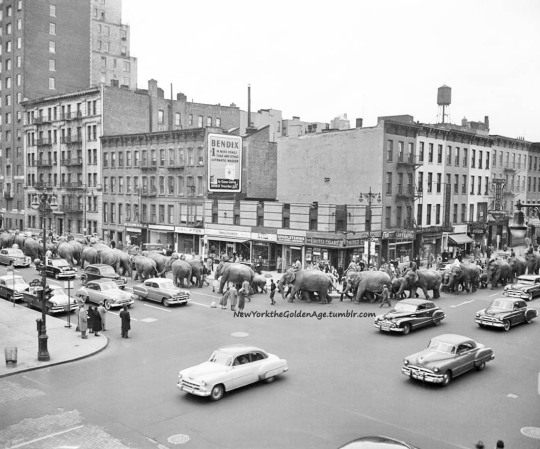
The long line of elephants swinging west on 57th Street from Second Avenue on March 27, 1955, could mean only one thing: the circus was in town. Despite freezing temperatures and winds with gusts over 50 miles an hour, hundreds of children lined the parade route from railroad yards at 135th Street and Lincoln Avenue in the South Bronx, down Second Avenue, across 57th Street and south to Madison Square Garden via Ninth Avenue. The Ringling Bros. and Barnum and Bailey circus opened with a benefit performance at the Garden on March 30.
Photo: Associated Press via Der Spiegel
#vintage New York#1950s#Ringling Bros. circus#circus#Ringling Bros. and Barnum & Bailey Circus#elephants#March 27#27 March#Mar. 27#elephant parade
78 notes
·
View notes
Text

Circus Poster: Ringling Bros. and Barnum & Bailey Circus / The Greatest Show on Earth (1943). Poster depicting Felix Adler the clown
18 notes
·
View notes
Text
God made me susceptible to motion sickness because otherwise I'd be running away with the circus.
#trapeze artists are SO COOL#but my body can't even handle a park swing for very long#i found out the ringling bros barnum & baileys circus is coming to my city in a monthhhhh#after finishing book of circus it feels like a sign#phoenix rambles
4 notes
·
View notes
Photo
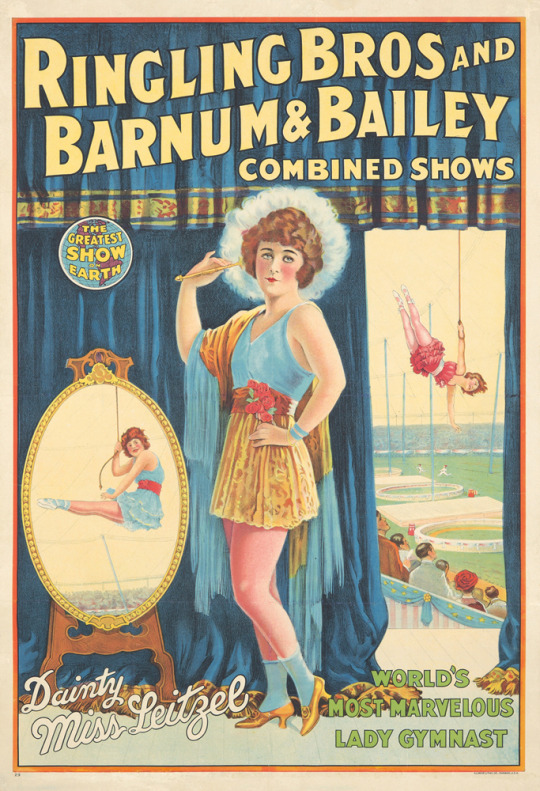
Affiche pour le cirque Ringling Bros and Barnum & Bailey avec en vedette Lillian Leitzel - 1929
#Et pendant ce temps-là#Cirque#Circus#Ringling Bros and Barnum & Bailey#Acrobate#Acrobat#Lillian Leitzel#Affiche#Poster#1929
8 notes
·
View notes
Text


Gunther Gebel-Williams Farewell Tour shirt (1988)
Source
#gunther gebel williams#80s#circus#ringling bros#barnum and bailey#greatest show on earth#gunther gebel williams farewell tour
2 notes
·
View notes
Text

This photograph shows JP Morgan and Lya Graf, a prominent circus performer in the early 20th century. She was known for her small stature and charismatic presence as a star attraction with the Ringling Bros. and Barnum & Bailey Circus.
Born in Germany in 1901 with dwarfism, Lya stood just over three feet tall. Her unique appearance and charm made her a sensation in the circus world, where she was often billed as the "German Lilliputian." Despite her success in the circus, Lya’s life took a tragic turn with the rise of the Nazi regime in her homeland.
As a Jewish woman, she faced increasing danger under the oppressive and anti-Semitic policies of the Nazis. Lya eventually fled to the United States to escape the growing persecution in Germany. However, her past caught up with her, and she made the fateful decision to return to Germany, possibly to visit her family.
Upon her return, Lya Graf was arrested by the Nazis and deported to Auschwitz, the infamous concentration camp where she was killed.
73 notes
·
View notes
Photo

A poorly faked photo from Ringling Bros. and Barnum & Bailey Circus.
Source details and larger version.
Here's my collection of vintage circus imagery.
58 notes
·
View notes
Text

Ringling Bros Barnum & Bailey Greatest Show on Earth Souvenir Circus Horse
#just suddenly remembered this existed#its supoosed to have a little pink feather on its head#theres also another on lifting one foot but i had this one :)#horse toy#horse figure#uploads
113 notes
·
View notes
Text

Side Show Performer with Snake, Ringling Bros. and Barnum & Bailey Circus, Photo by Kenneth Heilbron, 1939
41 notes
·
View notes
Text
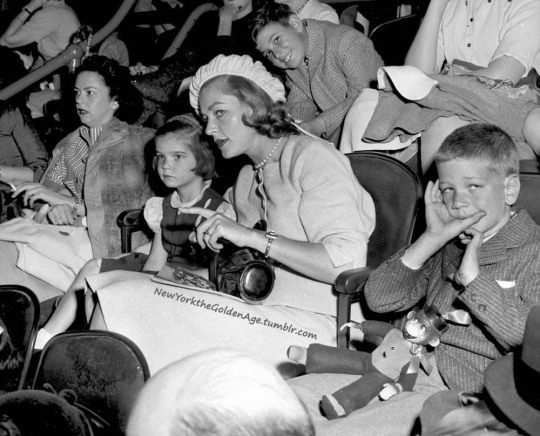
Lauren Bacall and her children, Leslie and Stephen Bogart, at a matinee performance of the Ringling Bros. and Barnum & Bailey Circus on April 17, 1957.
Photo: Hal Mathewson for the NY Daily News
#vintage New York#1950s#Hal Mathewson#Lauren Bacall#circus#April 17#17 April#Leslie Bogart#Stephen Bogart#audience
120 notes
·
View notes
Text
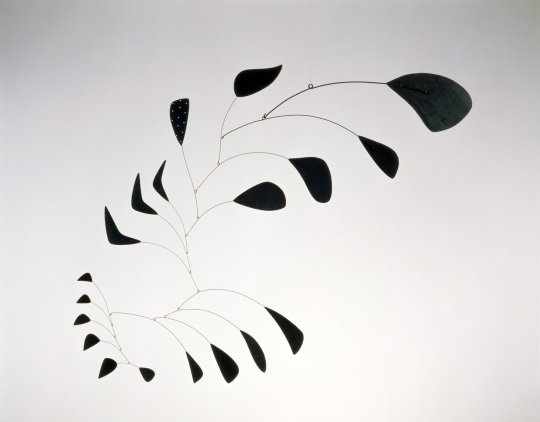
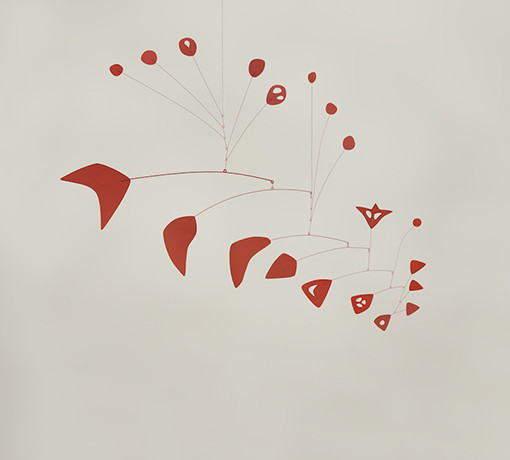





Calder was born in 1898, the second child of artist parents—his father was a sculptor and his mother a painter. In his mid-twenties, he moved to New York City, where he studied at the Art Students League and worked at the National Police Gazette, illustrating sporting events and the Ringling Bros. and Barnum & Bailey Circus. Shortly after his move to Paris in 1926, Calder created his Cirque Calder (1926–31), a complex and unique body of art. It wasn’t long before his performances of the Cirque captured the attention of the Parisian avant-garde.
In 1931, a significant turning point in Calder’s artistic career occurred when he created his first kinetic nonobjective sculpture and gave form to an entirely new type of art. Some of the earliest of these objects moved by motors and were dubbed “mobiles” by Marcel Duchamp—in French, mobile refers to both “motion” and “motive.” Calder soon abandoned the mechanical aspects of these works and developed suspended mobiles that would undulate on their own with the air's currents. In response to Duchamp, Jean Arp named Calder's stationary objects “stabiles” as a means of differentiating them.
Calder returned to live in the United States with his wife, Louisa, in 1933, purchasing a dilapidated farmhouse in the rural town of Roxbury, Connecticut. It was there that he made his first sculptures for the outdoors, installing large-scale standing mobiles among the rolling hills of his property. In 1943, James Johnson Sweeney and Duchamp organized a major retrospective exhibition at the Museum of Modern Art, New York, which catapulted Calder to the forefront of the New York art world and cemented his status as one of the premier American contemporary artists.
In 1953, Calder and Louisa moved back to France, ultimately settling in the small town of Saché in the Indre-et-Loire. Calder shifted his focus to large-scale commissioned works, which would dominate his practice in the last decades of his life. These included such works as Spirale (1958) for the UNESCO headquarters in Paris and Flamingo (1973) for Chicago’s Federal Center Plaza. Calder died at the age of seventy-eight in 1976, a few weeks after his major retrospective, Calder’s Universe, opened at the Whitney Museum of American Art, New York.
(Pace Gallery)
54 notes
·
View notes
Text

Throughout the past year, I've had the opportunity to visit several stunning historic theaters across the country. Some of my favorite theaters include the Carpenter Theater in Richmond, the Temple Theatre in Saginaw, the Grenada Theater in Santa Barbara, and the Palace Theater in Waterbury. While many may not consider touring theaters when visiting cities, these venues offer a remarkable insight into entertainment history. Most of these theaters were constructed in the 1920s, initially serving as vaudeville houses before transitioning into movie theaters with Wurlitzer organs accompanying silent films and eventually returning to hosting live performances.
The Palace Theater, with its luxurious tomato-red velvet curtain, has hosted a myriad of iconic performers over the years, from Frank Sinatra, Bing Crosby, and Jackie Gleason to Fleetwood Mac, Bob Dylan, and the Grateful Dead.
In 1924, during a performance by magician Harry Houdini, a crew had to cut an 8-foot-wide hole in the stage floor for a trap door. The hole was later patched up. Unfortunately, when Ringling Bros and Barnum & Bailey Circus visited, an elephant named Shirley fell through the patched hole from Houdini’s act several years earlier. Sadly, the management had to put the animal down as they could not rescue it. Shirley, the elephant, is now part of Palace Theater lore as one of the four friendly spirits that supposedly haunt the theater.
In contrast to today's black box-style theaters designed to accommodate various stage productions, these historic theaters, with their gleaming neon marquees, elegant lobbies, gold detailing, crystal chandeliers, and Art Deco carvings, were solely intended to transport their audiences from the mundane of everyday life to a magical world. The sumptuous plushness of the velvet seats instantly makes you feel like you're about to experience something extraordinary.
During the pandemic, people stopped attending live shows for health and financial reasons. Still, they continued to stream music, films, and TV in record numbers, proving that entertainment is a necessary commodity. There was a prevailing notion that live theater was a luxury. If that notion still holds, creating elaborate, glamorous theater spaces that encourage people to dress up, celebrate, and experience the joys of life is truly invaluable.
Watching performances by Itzhak Perlman and Rohan De Silva in these beautiful settings is a treasure.
9 notes
·
View notes
Text

Lillian Leitzel (acrobate) - Affiche pour le cirque Ringling Bros and Barnum & Bailey - 1919
#et pendant ce temps-là#cirque#circus#acrobate#acrobat#lillian leitzel#ringling bros and barnum & bailey#affiche#poster#1919
3 notes
·
View notes
Text
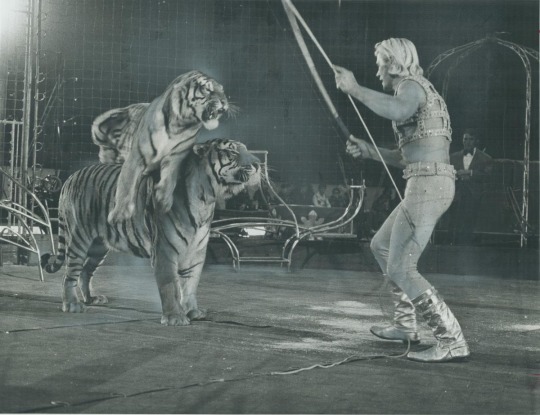
Gunther Gebel-Williams (1972)
Photography by Dick Loek
Source
#gunther gebel williams#70s#circus#dick loek#vintage#ringling bros#greatest show on earth#barnum and bailey
3 notes
·
View notes
Text

Ringling Bros. and Barnum Bailey circus ticket stubs.
#circus aesthetic#circus#carnival#vintage#clowncore#carnival aesthetic#real photos#tickets#do as dreamers queue
5 notes
·
View notes